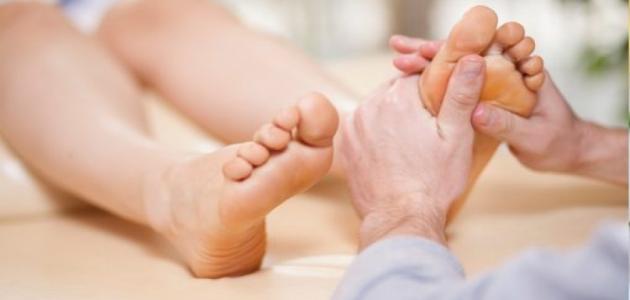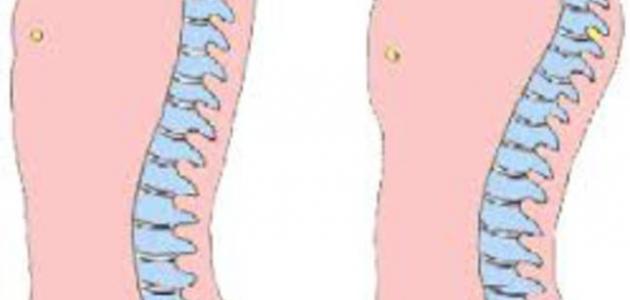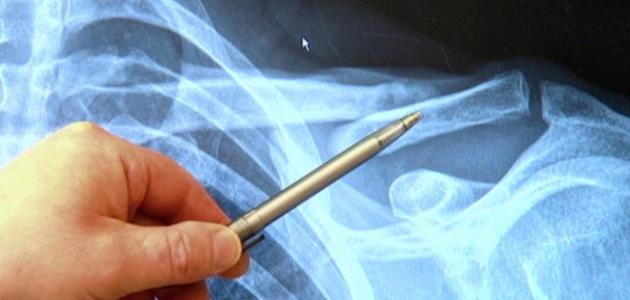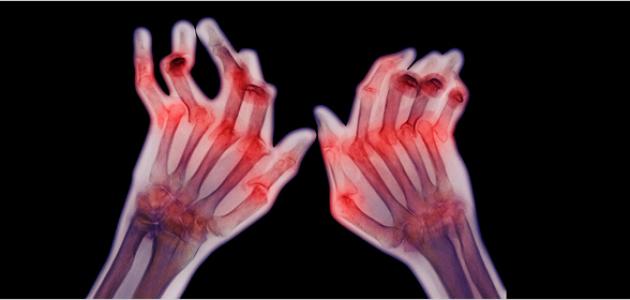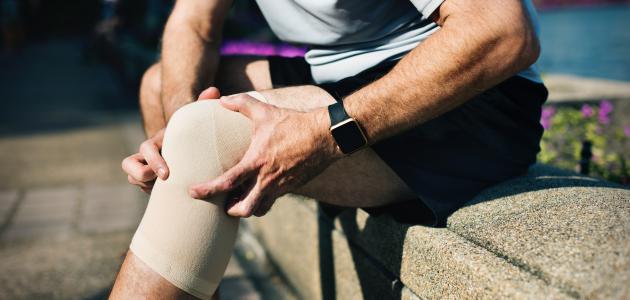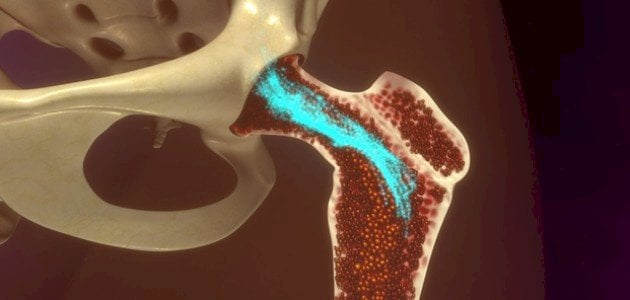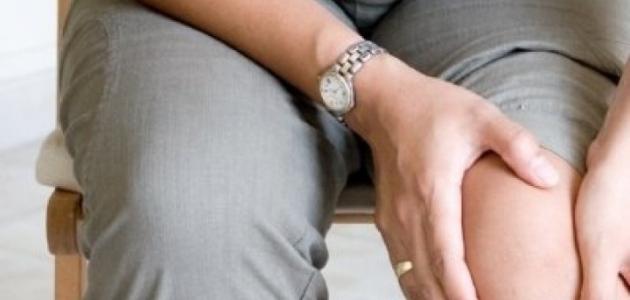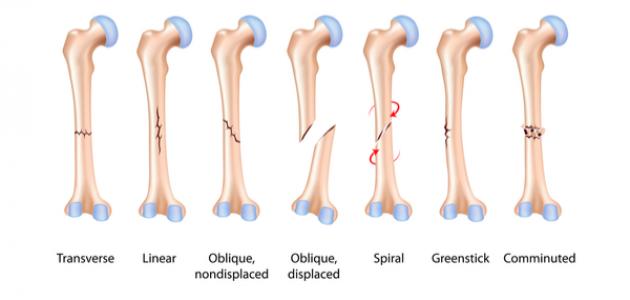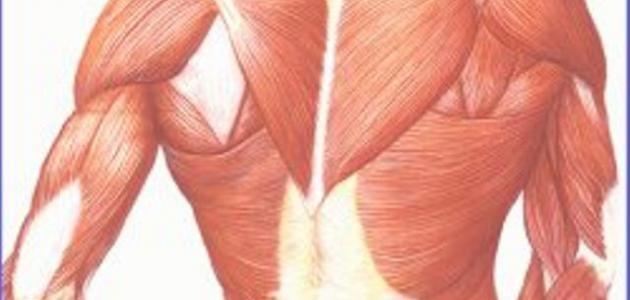Causes of lower foot pain
To determine the cause of pain in the bottom of the foot, first look at the location of the pain, as there are many causes of this pain, some of which occur due to a medical condition, some of which are related to the lifestyle of the affected person, and we will discuss the reasons that lead to feeling pain in the bottom of the foot as follows:
Common routine causes
Bottom of the foot pain may be related to injuries resulting from strenuous exercise, such as running, for example. Excess weight also affects the bottom of the foot. When moving, most of the body weight is transferred to the front of the foot, causing increased pressure on the ball of the foot (in English: metatarsals), and therefore it may Losing weight helps relieve this pain. Wearing inappropriate shoes may also lead to pain in the bottom of the foot, in addition to high-heeled shoes. It causes increased pressure on the toes.
Heel pain
Heel pain may be related to one of the following conditions:
- Plantar fasciitis: (in English: Plantar fasciitis), which is an inflammation of the plantar fascia (in English: Plantar fascia), which is a thick tissue located at the bottom of the foot, and connects the heel bone to the toes. Plantar fasciitis is one of the most prominent causes of feeling pain in the heel, as this pain is described Such as tingling, which is prominent with the first steps in the morning, then gradually decreases over time during the day. It may recur during the day after sitting for a long period and then trying to stand, or after standing for a long time.
- heel nail: Heel spur (in English: Heel spur), also called a bone spur, as this callus is formed by the growth of calcium between the heel bone and the arch of the foot (in English: Arch of the foot). Heel spur may appear when there is chronic pressure on the ligaments and muscles of the foot, in addition to that it may appear when People with arthritis (in English: Arthritis). Wearing inappropriate shoes and being overweight may also contribute to the development of heel corns. Although some sufferers feel pain and inflammation, many sufferers may not show any symptoms.
- Heel fracture: Symptoms of a heel fracture are summarized in heel pain, swelling, bruising, and difficulty walking. This fracture usually occurs as a result of being in a car accident or falling, as this may lead to a shattering of the heel bone and not just a fracture of it.
- Hard bruise: (in English: Stone bruise), which is a deep bruise in the fat pad in the front of the foot, or in the heel, and usually occurs as a result of some injury or as a result of stepping on a hard object. The bruise causes pain in the affected area while walking, and this pain is similar to the pain that A person feels it when walking on small stones, and the affected person usually recovers from the hard bruise gradually on his own without the need for therapeutic intervention.
Read also:Natural recipes to relieve osteoporosis
Foot pain
Pain appears in the area behind the toes as a result of injury to the joint or nerve around it. Pain in the sole of the foot may be associated with the following conditions:
- Morton's neuroma: (English: Morton's neuroma), which is a benign growth of fibrous tissue around the nerve located in the space between the bones of the third and fourth metatarsal heads. This fibrous tissue causes increased pressure on the metatarsal, causing pain in the sole of the foot.
- Stress fractures: These are simple fractures of the metatarsal or toe bones. These fractures lead to changes in the distribution of body weight on the foot, in addition to feeling pain in the bottom of the foot.
- Sesamoiditis: (in English: Sesamoiditis), which is a type of tendinitis (in English: Tendinitis), in which the tendons that connect the two bones located near the big toe, called the sesamoid bone, become inflamed and infected. This inflammation is common in runners and ballet dancers.
- Metatarsalgia pain: Pain and inflammation in the metatarsus occur due to wearing inappropriate shoes, in addition to stress from exercising, such as: running and jumping.
Arch pain
The importance of tendons in supporting the arch area of the foot is highlighted, but if these tendons are damaged or stretched, they may bend or sag and cause the arch of the foot to appear flat, leading to flat feet or fallen arches, as many cases lead to flat feet. ; Such as arthritis, torn ligaments, and damage to the posterior tibial tendon, the symptoms of which are the appearance of bone spurs in the front of the foot, in addition to feeling pain around the ankles, as well as pain in the forefoot. Posterior tibial tendon, and the intensity of this pain increases with movement.
Read also:Where is bone marrow located?
General causes of lower foot pain
Among the reasons that lead to feeling pain in the foot in any part of it or in more than one part of it are the following:
Plantar warts
The incidence of plantar warts is linked to the entry of the human papilloma virus (HPV) into the body, through various wounds and injuries to the foot or even in any weak points in it, as these warts appear in the form of small growths on the sites that bear the weight of the body. Such as the heel, for example. Increased stress on those areas causes these warts to grow inward, forming a hard, thick tissue. It should be noted that the affected person does not need any treatment at some times, and at other times he may need home treatment or consulting a doctor. It is noteworthy that most people will suffer from of plantar warts somewhere and sometime in their lives.
other reasons
Other causes that may lead to general foot pain include:
- Posterior tibial tendonitis: (in English: Posterior Tibial Tendonitis), this inflammation leads to the appearance of some symptoms, including: difficulty in movement, pain at the site of inflammation, and flattening of the feet, as this tendon is located in the inner part of the lower leg, and this tendon is connected to the sole of the foot near the part of the medial arch ( In English: medial arch), this tendon helps support the natural arch of the foot.
- Diabetes and other vascular diseases: The necessity of periodically examining the feet of people with diabetes is to detect any wounds or ulcers early before complications occur. It is also recommended to visit a podiatrist regularly to learn how to properly care for the feet, as diabetes affects blood flow, nerves, and blood vessels throughout. the body; Including legs and feet.
- Tendonitis: (English: Tendinitis), which is an inflammation of the tendons. There are many tendons in the foot, and their inflammation causes pain in several places in the foot. The role of the tendon lies mainly in connecting the muscles to the bones.
Read also:What is bone cancer
Reasons to see a doctor
It is recommended to visit a doctor in the following cases:
- Loss of sensation in the bottom of the foot.
- Feeling of numbness at the bottom of the foot.
- Feeling severe pain prevents the patient from practicing his daily life.
- Increased pain intensity and frequency.
- Failure to recover from pain after home treatment for two weeks.
- Foot pain or any foot problems in a diabetic
